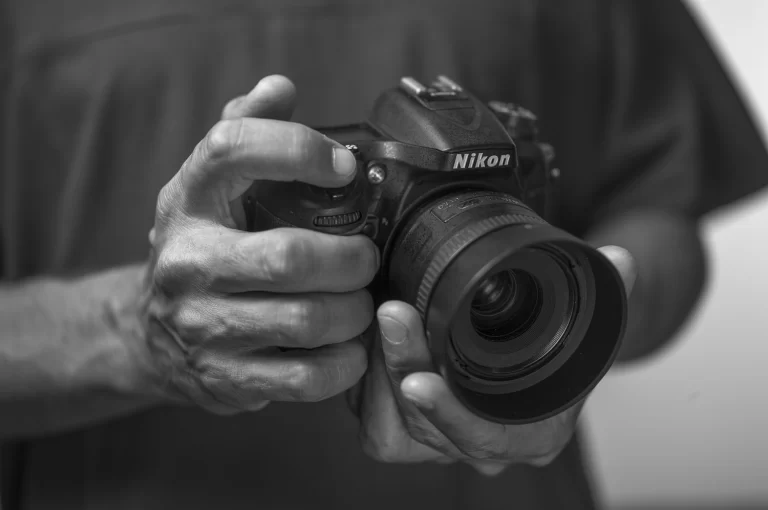How to fix an asymmetrical face
Medically reviewed by Dr Kate Jameson on May 20, 2024
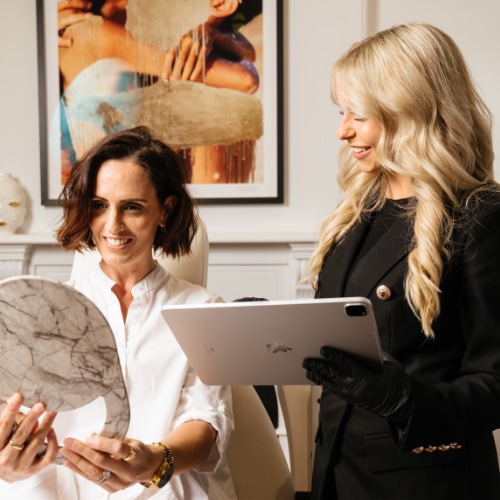
Curious about non-surgical remedies for facial asymmetry? Read on!
In theory, a symmetrical face is an attractive face… yet our individual aesthetic quirks make us who we are. Where would Marilyn Monroe be without her iconic beauty spot? Or Game of Throne’s star Natalie Dormer without her trademark lopsided smirk?
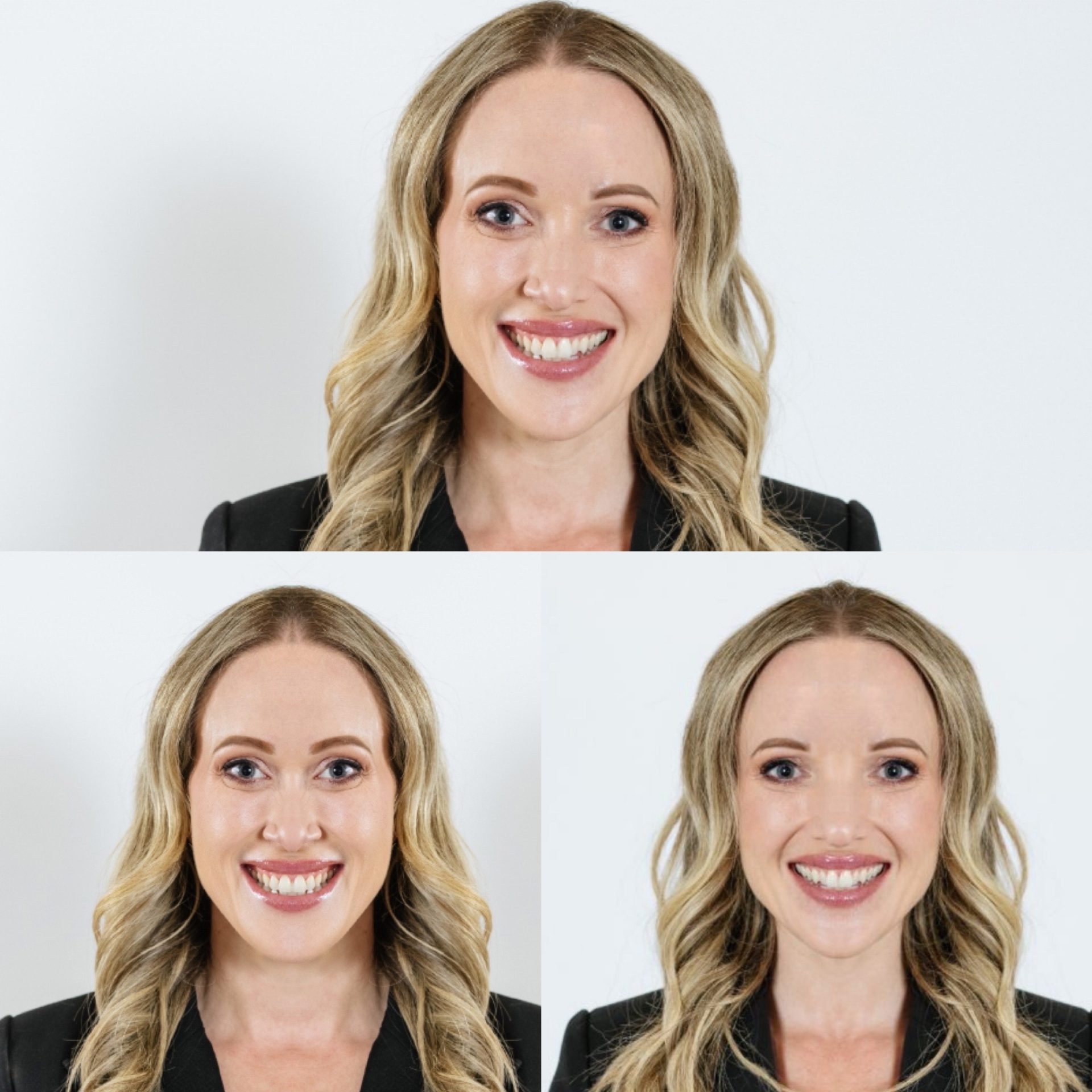
That said, have you ever noticed that the sides of your face look different in a less charming way? Perhaps you’ve noticed more pigmentation on your driving side (more on that later!) or a few extra lines on one side of your mouth.
Let’s get this out of the way first: everyone has some degree of facial asymmetry. While most forms of facial asymmetry are completely harmless, it’s perfectly understandable to seek a more balanced profile if that makes you feel more confident. At Youth Lab, we utilise cosmetic treatments to enhance your natural facial architecture, as opposed to attempting to distort or cover it.
In this blog post, we’ll work through the various forms and causes of facial asymmetry, how to recognise it, and which treatment options are available to you in your pursuit of a more balanced, symmetrical face.
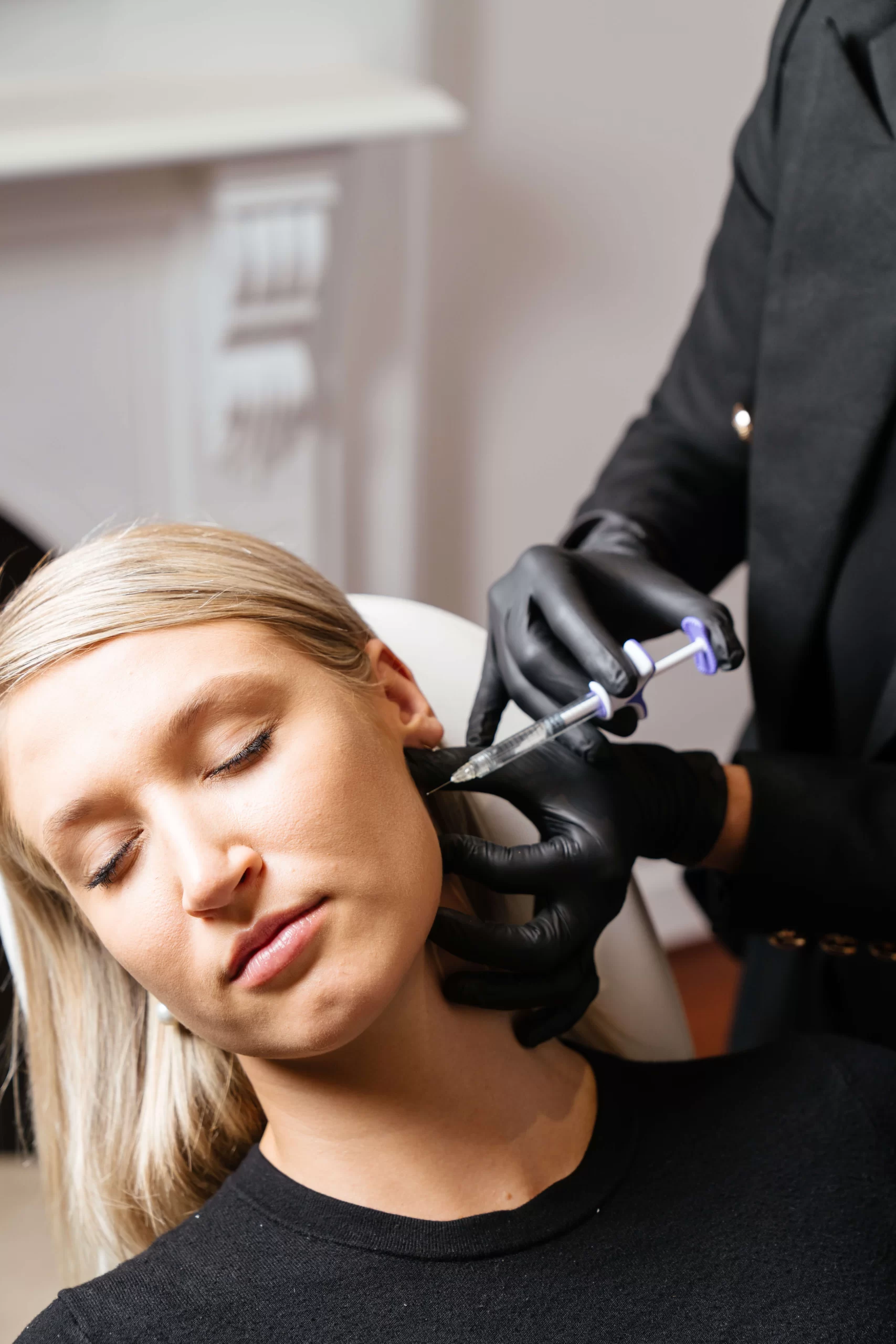
What is Facial Asymmetry, and do I have it?
The terms “facial symmetry” and “facial asymmetry” simply put refer to the mirroring of features in shape, size, and colour on your face. Virtually everyone has natural asymmetries, many of which are completely unnoticeable to the untrained eye.
“You might have seen a popular social media trend in recent years where headshots of well-known people, who are widely considered to be very attractive, are photoshopped to make their features completely symmetrical,” says RN Danae, one of Youth Lab’s passionate and experienced Cosmetic Registered Nurses. “The result is alien and a little unsettling. This showcases how normal, even beautiful, mild facial asymmetry is.”
Often, facial asymmetry is more apparent in photographs than in real life, which is just one of the reasons why clinical imaging is such an integral part of our process at Youth Lab. This is also why we often hear the concern, “I don’t like how my nose/eyes/lips look in photos!”
Examples our practitioners see most often include uneven pigmentation, a loss of volume or less chiselled jawline on one side of the face, an uneven lip shape, and a difference in eyebrow or eyelid height. More often than not, these issues are inconspicuous to everyone except the client! When others begin to notice or when the issue becomes more pronounced, this can understandably impact the client’s confidence and perception of their physical attractiveness.

Recognising asymmetry in your face shape is easy to do at home. If you have pronounced asymmetry, chances are you’ll be the first one to notice it! However, the eye of a trained cosmetic nurse or doctor can pick up asymmetries you’re unaware of. In some cases, you may feel insecure or like a part of your face doesn’t look quite “right”, but not be aware of why. This is especially true for features like noses, which are difficult to self-assess from all angles.
It’s important not to take any online “attractiveness” or symmetry calculators seriously. As you are no doubt aware, attractiveness and beauty are incredibly subjective. Additionally, in terms of assessing facial symmetry, there is no match for the trained human eye.
One way that you can assess your own facial symmetry at home is to take a front-on headshot of your face (enlist the help of a partner to avoid any uneven angles). You can then mark key points on the face such as the peak of the forehead, edge of the chin, the far side and the inner side of both eyes, corners of the lips, both ends of the widest part of the nose and the widest part of the face. This will help you isolate any points that are higher or lower than their counterpart.
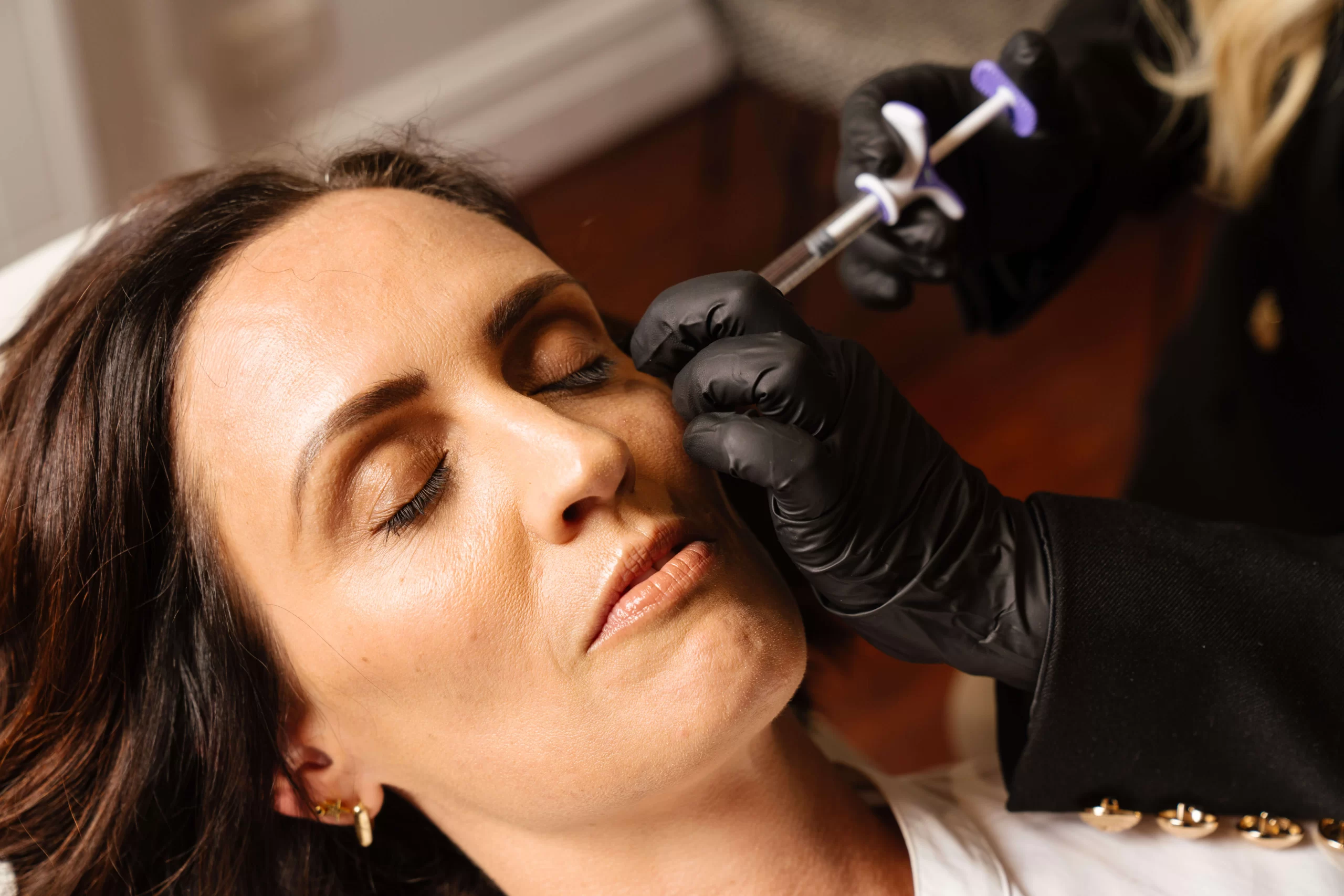
Why is My Face Asymmetrical?
There are many reasons why your face might be asymmetrical, some more serious than others. Some causes are life-long, while others appear and increase with age. It’s important to recognise the significant difference between mild, harmless asymmetry, which is only of cosmetic concern, and more pronounced asymmetry which can be a symptom of a larger medical issue.
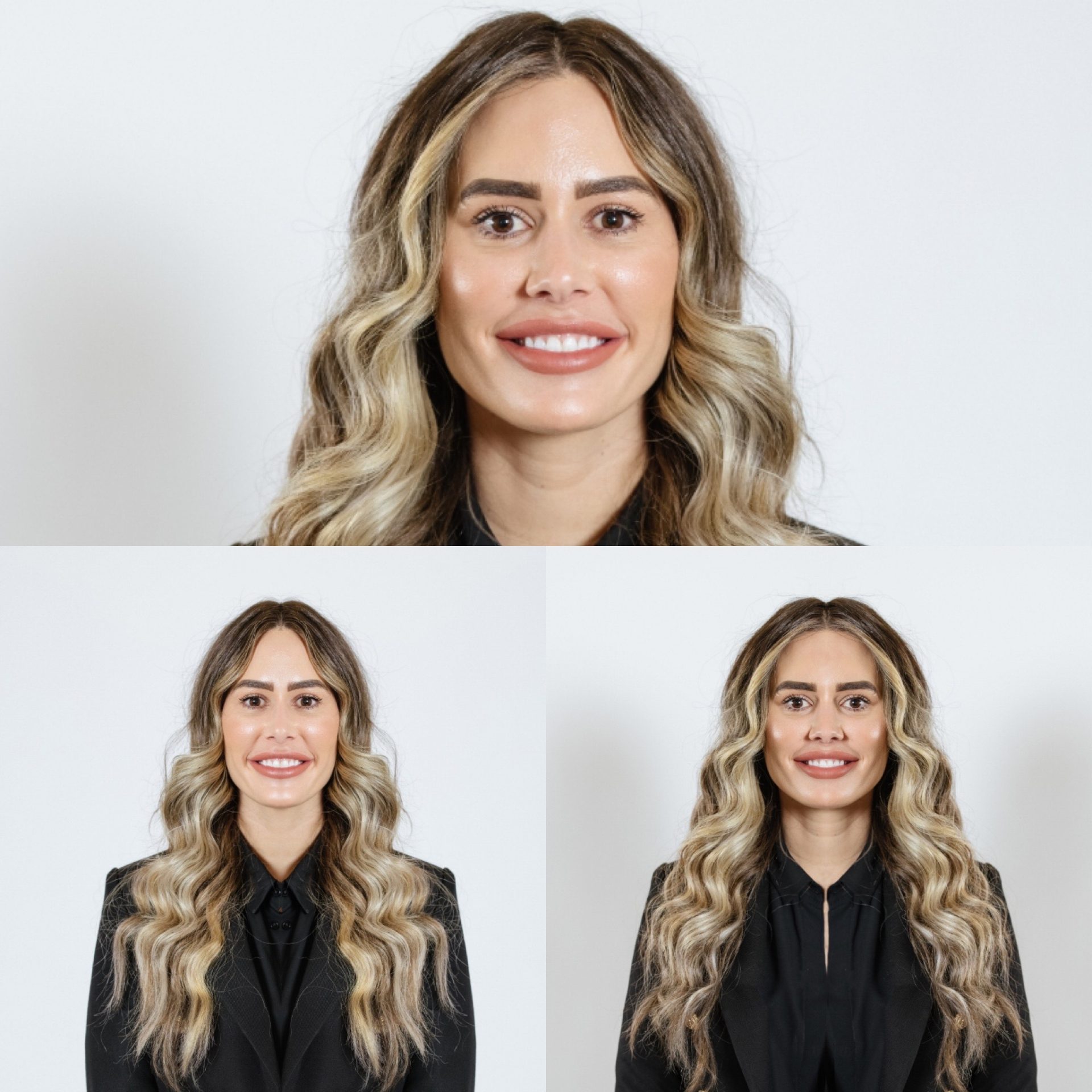
- Lifestyle. One factor we regularly see taking its toll on facial symmetry is sleeping position. Sleeping on your side night after night can create a flattening effect on one side of the face. This pressure can deplete the collagen and elastin unevenly, creating more fine lines and wrinkles on the side you sleep on, as well as a volume deficit. For the smokers out there, if you habitually smoke on one side of your mouth, the repeated pursing of your lips can create extra fine lines around the mouth, presenting more noticeably on one side than the other.
- Ageing. As much as sometimes we wish we could turn back the clock, unfortunately, aging has a huge impact on facial symmetry. This includes increased wrinkles, drooping of facial features, and other changes to skin structure which can worsen at different rates on each side of the face.
- Genetics. Asymmetrical features like crooked noses or smiles can often be family heirlooms of sorts– wanted or not! This kind of asymmetry is genetic and usually unavoidable, although not untreatable.
- Dental Procedures. Often, the removal of teeth can create asymmetry in the jawline and mid-to-lower face. When a tooth is removed from the lower gumline, this can remove pressure from the corresponding section of the jaw. Over time, this results in bone reabsorption at an uneven rate, resulting in facial asymmetry. Losing teeth can also cause the lips to take on an uneven, shrunken appearance. This can be partially helped by dental implants, veneers or dentures.
- Health issues:
- Injuries. Injury to the face, especially the nose or mouth, in childhood or adulthood can create an asymmetrical appearance once healed. This also includes surgical injury following necessary intervention for skin cancer or other illnesses.
- Sun exposure. Your driver’s side catches far more UV exposure than the passenger-facing side of your face. In time, this prolonged and cumulative exposure will result in increased pigmentation, lines, wrinkles, and a decline in general skin health and appearance.
- Stroke. Accompanied by other symptoms, a drooping face is a telltale sign of stroke.
- Torticollis. A twisted neck due to an abnormal neck position is a distressing but generally temporary condition. This asymmetry is not cosmetic and is best approached by treating the underlying cause.
- Bell’s Palsy. Different kinds of Palsy, including Bell’s Palsy, characteristically cause facial muscle and nerve paralysis on one side, resulting in an uneven drooping appearance of the facial features. Again, this kind of facial asymmetry is a medical issue.
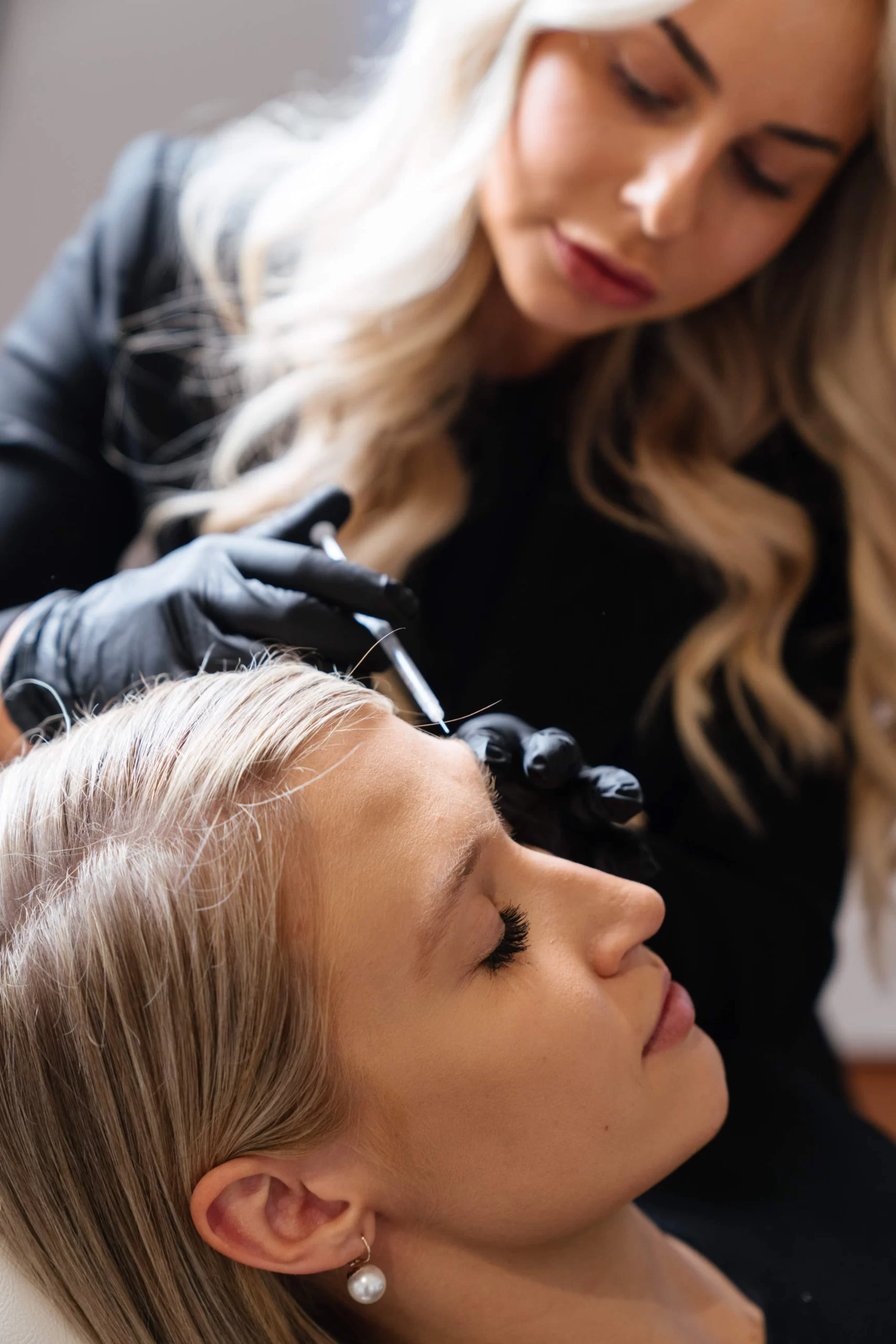
Treatment Options for Asymmetrical Face
Thankfully there are a wide variety of treatments available for facial asymmetry– a great deal of which can be found at Youth Lab! Often a combination of modalities combined in a long-term treatment plan is the best approach.
“At Youth Lab, injectables, including dermal fillers and anti-wrinkle injections, are our most valuable tools in treating facial asymmetry,” explains RN Danae, who frequently uses both treatments to soften asymmetry in her clients features.
Thinner, hydrating dermal fillers are ideal for evening the shape and projection of the lips, while firm, structural fillers are perfect for adding definition to an asymmetrical jawline. Dermal fillers are also vital for volumising uneven cheeks and replenishing fat pads through the midface.
Your injector will artfully apply anti-wrinkle injections to smooth out wrinkles that are more pronounced on one side of the face. Anti-wrinkle injections, or wrinkle relaxers, can also be used to raise or drop eyebrows to bring them into line.
PDO Threads, not to be confused with thread lifts (which Youth Lab does not offer), are excellent for replacing support and rebuilding the collagen that has been depleted on one side of the face. These threads are perfect for those who find that they have a more pronounced line in one nasolabial area.
In some cases, surgical treatments are the best approach. Youth Lab’s practitioners will always refer to a surgeon in these cases. Examples include crooked noses that are not suitable for non-surgical rhinoplasty, fat transfer to the face, the need for facial implants, and pronounced cases of skin laxity.
It’s worth noting that in recent years facial yoga and facial massage techniques have been purported to correct facial asymmetry and optimise the appearance. While undeniably popular, these methods are not backed by scientific evidence. Facial exercises may assist in a rehabilitation setting, as in the case of facial asymmetry due to stroke.
Non-surgical cosmetic procedures are a more affordable and less invasive treatment for facial asymmetry and, in some cases, are more appropriate than plastic surgery. For example, for a client seeking facial rejuvenation, an 8-point lift may be a more suitable option than a facelift which requires significant downtime and financial outlay.
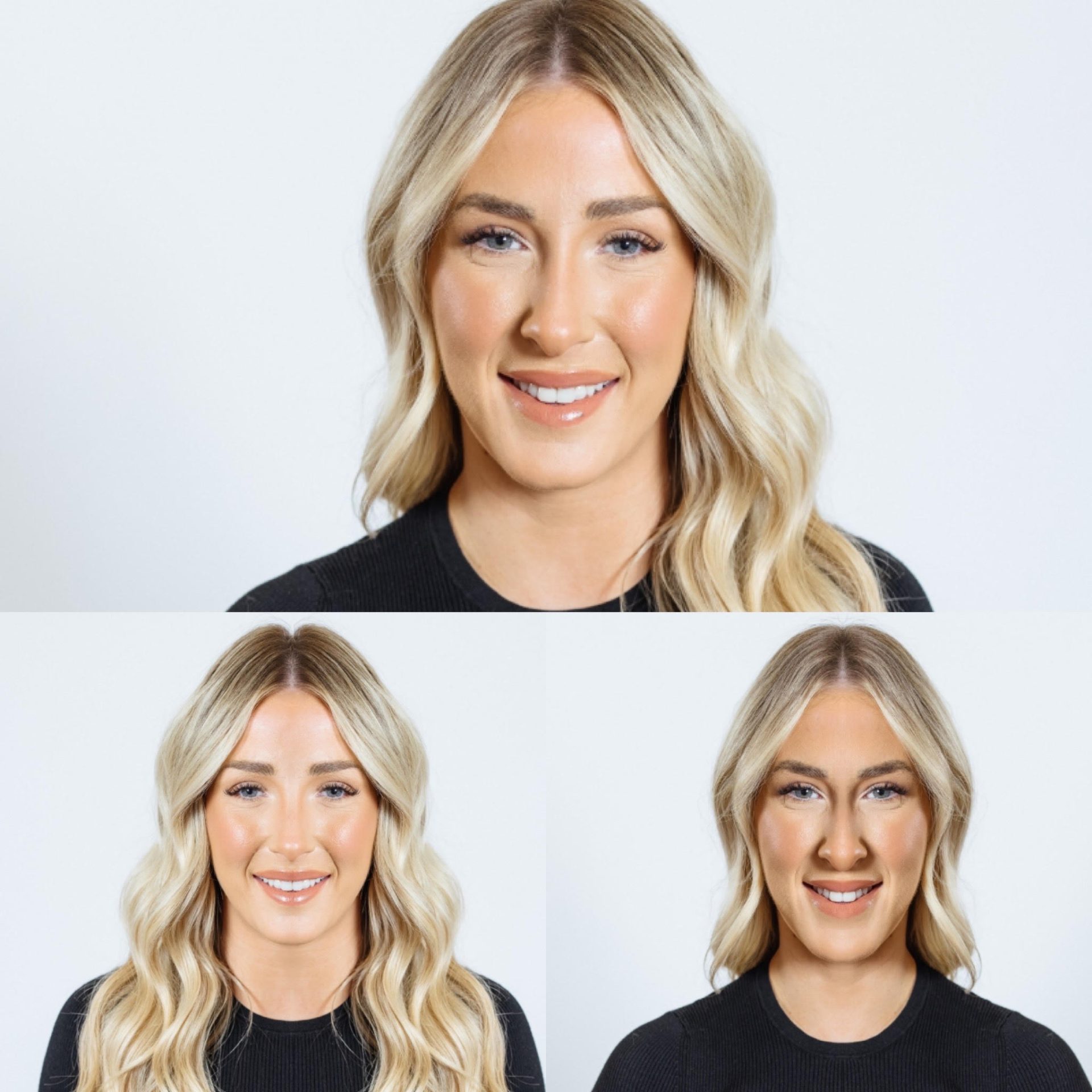
Correcting Facial Asymmetry with Dermal Fillers
Dermal fillers are hyaluronic acid-based gel substances that are injected to replenish volume, as well as provide additional support and structure to the face. Dermal fillers come in a variety of consistencies. Thicker, more viscous dermal fillers can mimic bone, as in a jawline. On the other hand, thinner dermal fillers can create a plump, pillowy appearance, making them the correct choice for cheeks and lips.
Dermal fillers can be used on virtually all kinds of permanent fine lines, as opposed to anti-wrinkle injections, which work by relaxing muscles and are therefore only effective on expression lines.
Incredibly versatile and minimally invasive, dermal fillers are an excellent treatment choice for clients wanting to correct facial asymmetry or enhance their facial profile without going under the knife. Differing from plastic or cosmetic surgery, dermal fillers can enhance the face with minimal downtime and side effects.
One use of dermal filler that we implement regularly at Youth Lab is adding volume to asymmetrical cheeks. Your injector will asses your facial symmetry and inject the appropriate amount of cheek filler to ensure both sides look equally plump and youthful.
Jawline sculpting, often in conjunction with fat dissolving injections, works in much the same way. Your practitioner will assess your facial structure and inject the dermal filler to compensate for the uneven areas of bone and collagen in your jawline.
For clients with uneven lips, our cosmetic nurses and doctors will use different dermal lip filler products to restore consistency to the volume, projection, and shape of the mouth and smile.
Dermal fillers last six to eighteen months, depending on your body’s unique metabolism. Although dermal fillers are temporary, the effects are cumulative, and we can maintain your newly refreshed appearance with top-up appointments annually. Dermal fillers are quick and natural, making them the perfect cosmetic procedure for facial asymmetry.
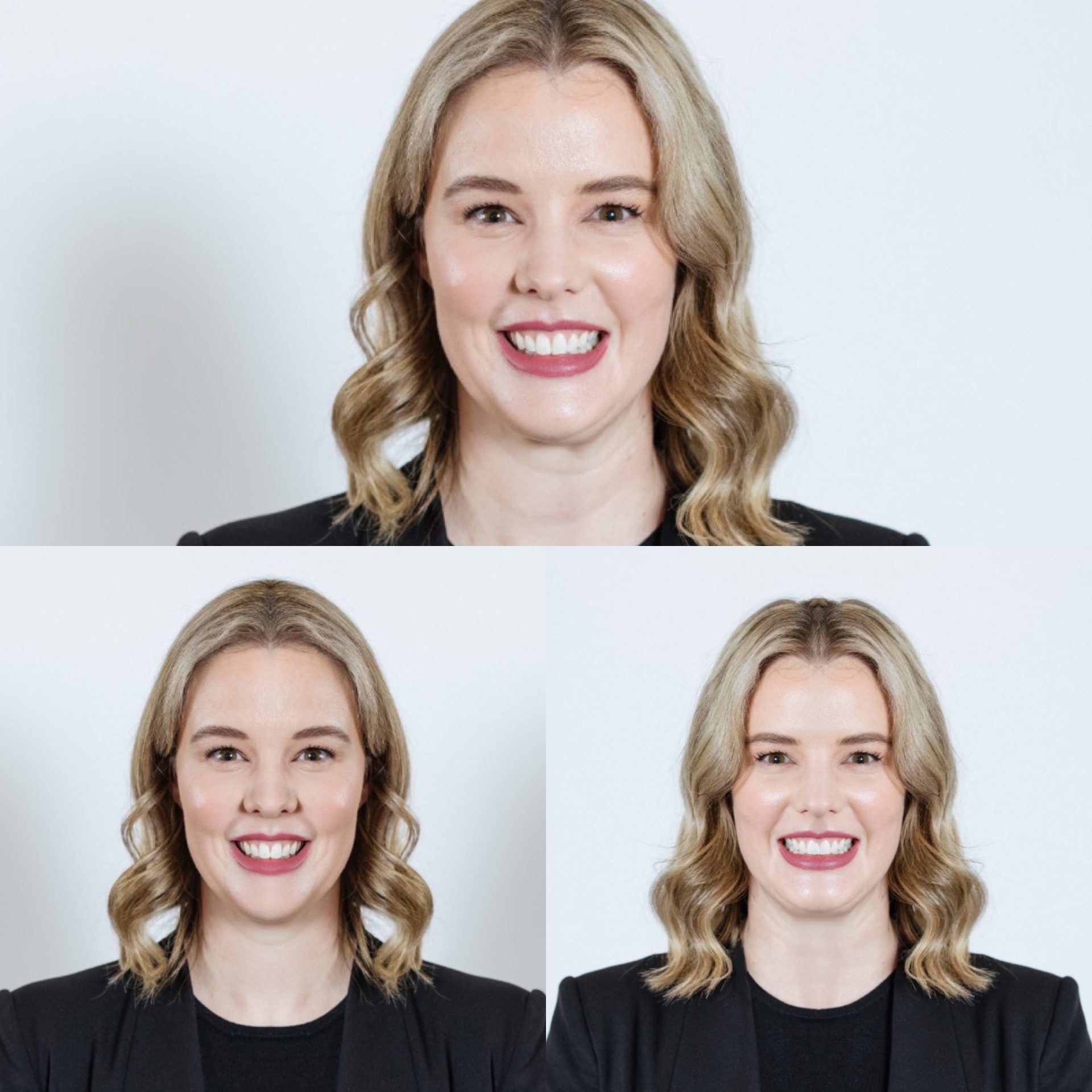
Find your Facial Symmetry
There you have it! Your complete Youth Lab guide to facial asymmetry. We’ve covered how to spot it, what causes it, and (perhaps most importantly) how to treat it. While completely natural and harmless in the vast majority of cases, facial asymmetry can cause clients to be self-conscious and concerned about their appearance. Luckily, as we have discussed, there are a variety of low-risk and effective treatments at your fingertips.
The best course of action in treating any aesthetic concern, including facial asymmetry, is to visit one of our highly trained cosmetic practitioners for a consultation. Every face is unique, and every client requires a bespoke treatment plan tailored precisely to their needs and asymmetric features.
With the help of your personalised treatment plan and your own Youth Lab cosmetic expert, you can enhance your aesthetic confidence and minimise facial asymmetry. Should you be looking for a dermal filler clinic in Joondalup or Perth, we offer natural and subtle results tailored to your unique needs.



